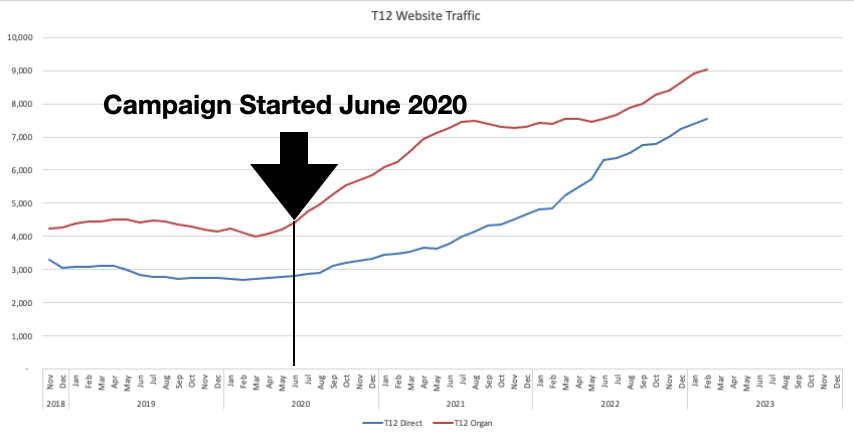
If you are using faulty data, you’re making flawed decisions. Hopefully, we can agree on that.
We believe in never asking customers how they heard about us, like never and forever. Here are four reasons why you should never ask this question and use the data to decide how to spend your marketing dollars.
It’s a question about you, not them. Your marketing has worked if they’ve called, emailed, or shown up. They are communicating with your business. They’ve entered your sales process and want to know if you can help them, when you can help them, and how much it costs. How quickly are you answering these questions? Because this is what they care about at that moment. They do not care or have even given any thought to how they came in contact with your business and have a problem they want to solve. So don’t make the conversation about you or your marketing.
The second reason is that you put the customer on the spot with this question. The customer doesn’t want to look stupid and say, “I don’t know.” So they will give you an answer, because then maybe they can get their problem solved.
The third reason is that just by how you ask the question, you skew the results. Whether it’s online, on paper, or done verbally doesn’t matter. Just the way the options are presented skews the outcome. Because the quicker the customer can answer the question, the quicker they can solve their problem. For example, starting with the Internet will probably be your highest result because it’s a safe answer.
The fourth reason is something complicated called last-touch attribution, which is a fancy way of saying the last marketing contact before the customer engages with your business. If they heard a radio ad or saw a TV ad that directs them to your website, and you ask whether you heard about us on the Radio, TV, or Internet. What do you think the answer is going to be? Your offline advertising is doing its job of driving people to your website, but your survey data will never reflect that.
 There’s an old computer database expression, “Garbage in, Garbage out.” Don’t get caught making decisions about what’s working based on Garbage data. You want to track direct and organic visits to your website. That is a leading indicator of whether your offline advertising is working. To trend this data, you need a Trailing 12 graph. See page 63 of Jim Canfield and Kraig Kramers book “CEO Tools 2.0” for more information on Trailing 12 charts. They remove seasonality and show you if you’re trending in the right direction.
There’s an old computer database expression, “Garbage in, Garbage out.” Don’t get caught making decisions about what’s working based on Garbage data. You want to track direct and organic visits to your website. That is a leading indicator of whether your offline advertising is working. To trend this data, you need a Trailing 12 graph. See page 63 of Jim Canfield and Kraig Kramers book “CEO Tools 2.0” for more information on Trailing 12 charts. They remove seasonality and show you if you’re trending in the right direction.
The other leading indicators you should watch are raw inbound phone calls, chats, web forms, and visitors—all of your initial touch points. Trend the touch points at the beginning of the customer conversation. If those are trending up, your business will be growing.
- Social Media Sucks Today - July 19, 2024
- Happy Happy, Joy, Joy - June 19, 2024
- I hope I can turn you into a fan! - October 19, 2023
